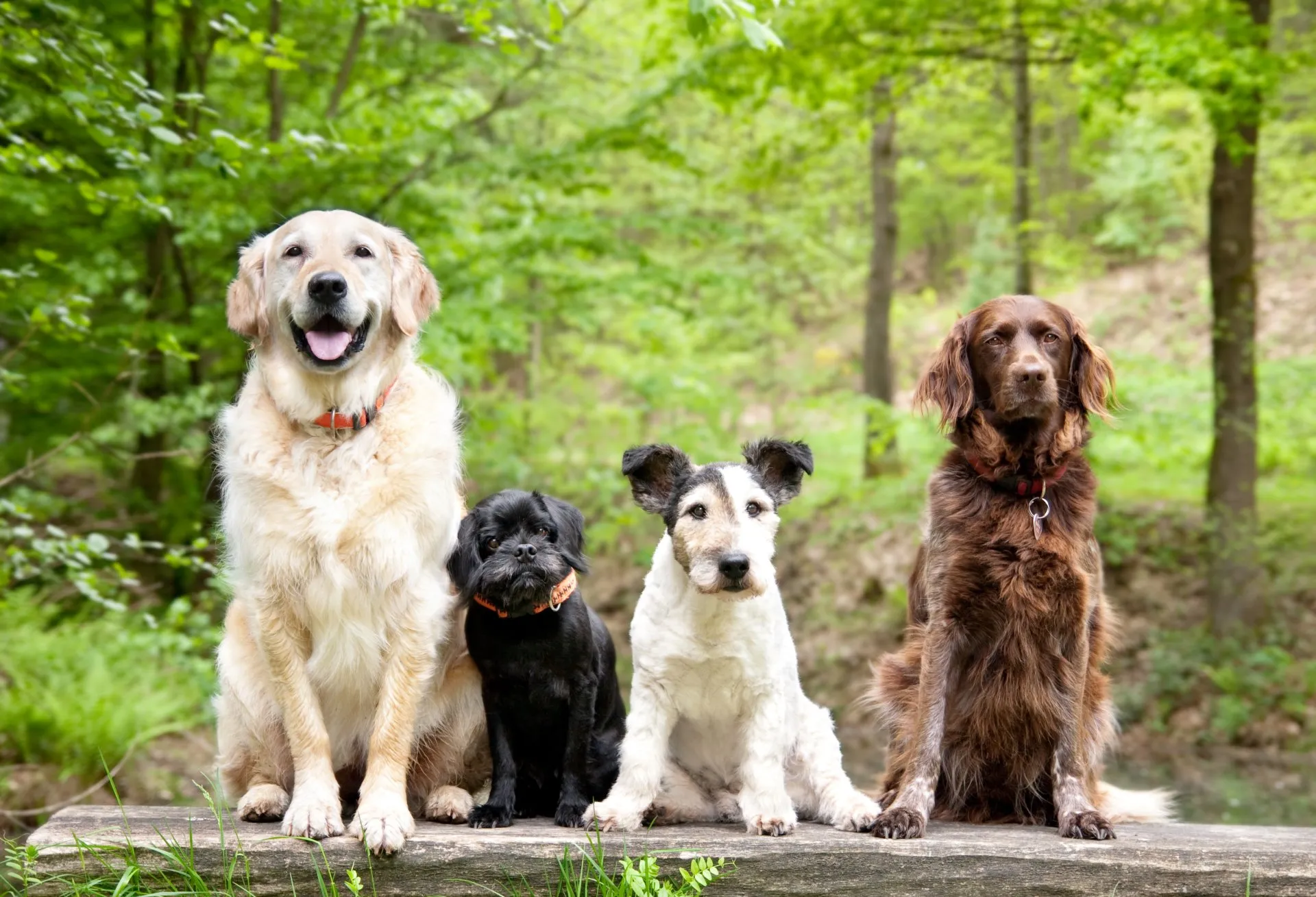If you’ve recently adopted a new dog, one of the first things you’ll need to purchase for your new pet is a collar. Every dog needs a good collar, and it’s up to you to find the right one. The question is, how do you know which one is right? There are certainly a lot of options out there. Read on to see a Unionville vet’s advice for choosing the right collar for your canine companion.
The Importance of the Collar
Your dog’s collar is important for his or her safety. First of all, it’s what attaches the leash to your dog, giving you control over your pooch’s movements and preventing him or her from darting away from you, perhaps into the street or toward another animal. Even the best trained dogs should wear a collar and leash while going on walks outdoors, just to be safe.
Collars also provide a place to house your dog’s ID tags. These small items are crucial for reuniting safely with your pet should he or she run away or get lost. Most Unionville vets recommend using collar tags and a microchip implant in tandem for maximum protection.
Types of Collars
There are all sorts of different collar types out there. Most common is the standard flat collar, which is usually made of nylon but is sometimes crafted from leather or other materials. There are also Martingale collars, also known as limited-slip collars, which are useful for dog breeds that have slender necks, like Greyhounds and Whippets. Martingale collars tighten if your dog gets too close to slipping out of their collar.
There are also a number of different training collars, which might be needed depending on your dog’s behavior. These include things like choke collars, prong collars, spray collars and shock collars. Be sure to check with your Unionville veterinarian or a professional dog trainer before using a collar of this type on your dog.
Sizing and Fit
Here’s the general rule of thumb to follow: you should easily be able to fit two fingers between your dog’s collar and their neck. If you can’t do so, it’s too tight! Remember that a collar that fits a puppy will need to be replaced as they grow larger. Be sure to check the fit of your dog’s collar frequently to make sure he or she is still comfortable.
You’re not alone in the search for the perfect collar. Contact your Unionville vet’s office for advice on the best choice for your dog.






!Social Media Icons